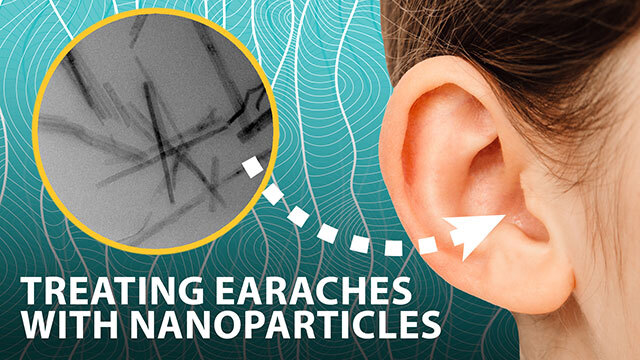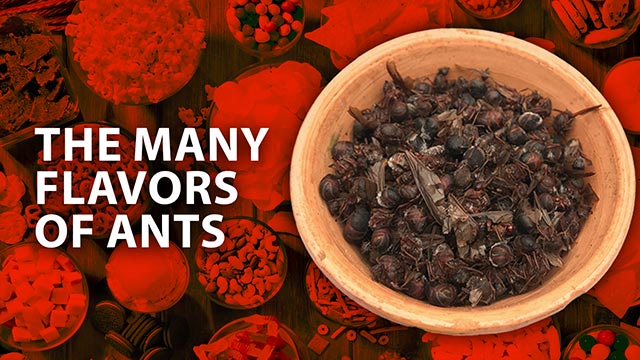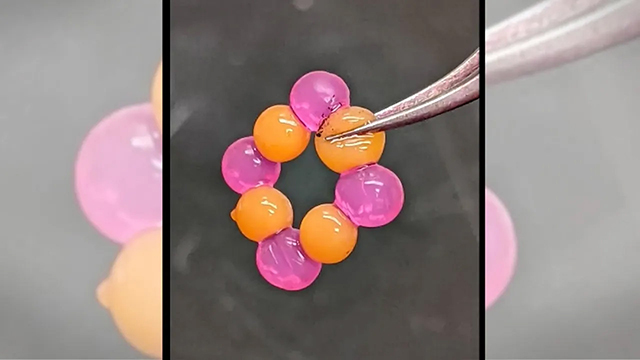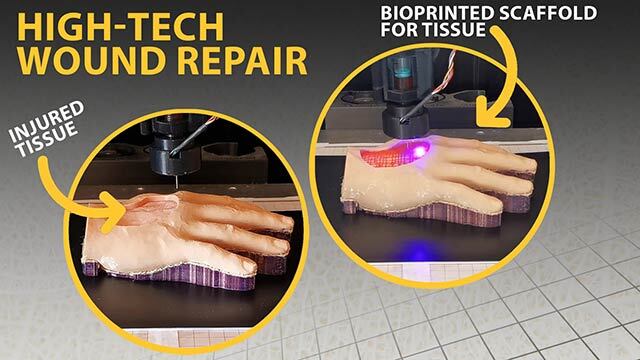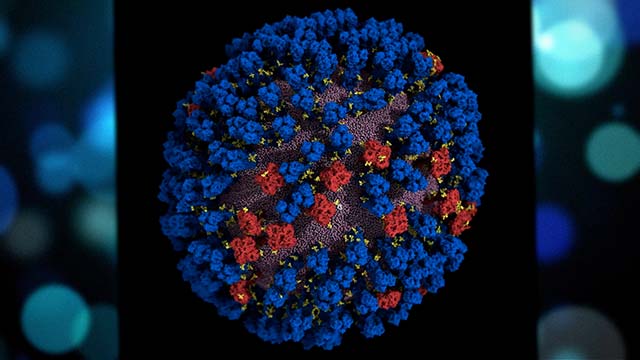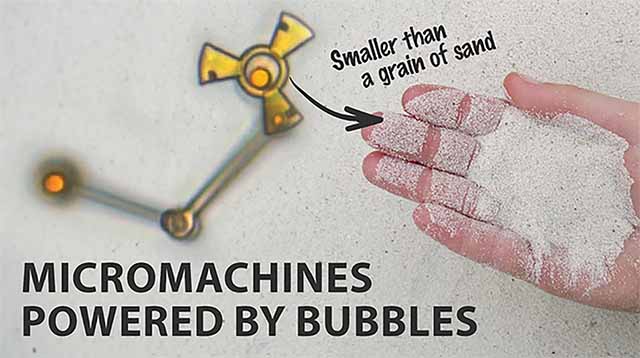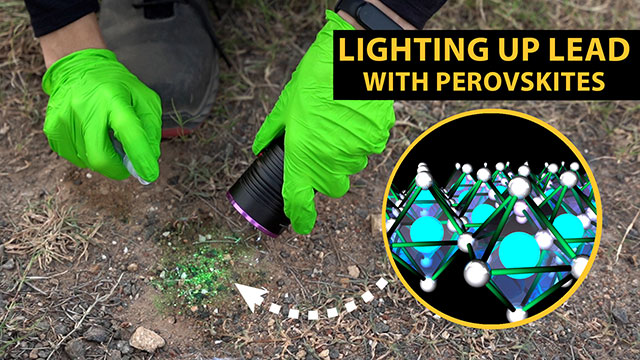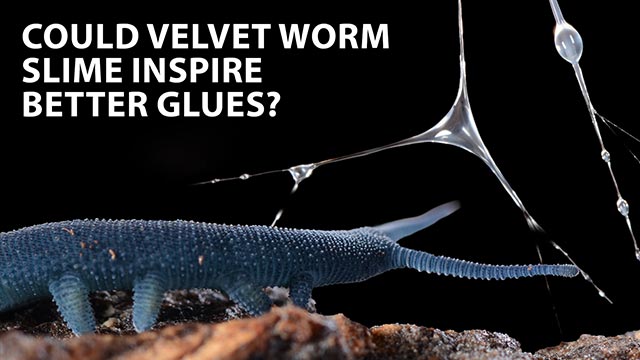Nobody likes needles, but they’re necessary for delivering many vaccines and biologics into the body. But what if those could be puffed through the skin instead, with just a little pressure, like being hit in the arm with a foam toy? Today, scientists report steps toward making that a reality. Using powdered vaccines that don’t require refrigeration and a system driven by compressed gas, their “MOF-Jet” could easily deliver therapeutics against cancer and other diseases in a relatively painless way.
Watch an interview with the researchers.
To read an ACS press release about this research: A puff of air could deliver your next vaccine (video)
Source Article
“A puff of air could deliver your next vaccine (video)”
March 27, 2023
Presenter: Yalini Wijesundara
Principal Investigator: Jeremiah Gassensmith, Ph.D.
Transcript
Narrator: Nobody likes needles, but they're necessary for delivering many vaccines and lifesaving medications into the body today. But what if those therapeutics could be puffed through the skin with just a little pressure, like being hit in the arm with a foam toy?
Today, scientists report steps towards making that a reality using powder vaccines that don't require refrigeration and are administered through the skin using a quick jet of compressed gas. These MOF jet injectors could easily deliver vaccines and other medications in a relatively painless way. The researchers will present their findings at ACS Spring 2023, a meeting of the American Chemical Society.
Needleless jet injection of vaccines is not a new technology. They've been used for large scale immunization campaigns dating as far back as the 1950s. However, they were painful and the fluid often splashed back, which could spread other diseases such as hepatitis B. Instead of using liquids, researchers at the University of Texas at Dallas figured they could deliver cargo in a powdered form instead by encasing it in metal organic frameworks, or MOFs.
Jeremiah Gassensmith: They're a class of crystalline material that connects to each other. They're porous materials typically and essentially there's a metal and a ligand or organic material, a metal, and it forms this matrix.. And when things get stuck in this matrix, they can't move. It's like being wrapped in a straight jacket. And so biomaterials can't fall apart. They can't run into each other. They can't really do any chemistry when they're in this locked in form. But because MOFs are, well, the MOFs that we use, are very sensitive to acid, even just a little bit of acid, they fall apart. They completely dissolve.
Yalini Wijesundara: We delivered with two different gases actually. One, same material we delivered with carbon dioxide and then another setting, the same material, we shoot with air. The one that we delivered with carbon dioxide, it lowers the pH of the media with the compound and our ZIF-8 is degraded. If we are gonna use a vaccine, we can slower the release of the drug into the body just by using the nonacidic gas.
Narrator: The team is now using this method to deliver chemotherapeutics and adjuvants as a potential treatment for melanoma. They say that because the MOF jet can disperse material over a wide area, it could distribute a cancer therapeutic into a melanoma more evenly in the current delivery method using needles. Though research is still ongoing, the researchers note that the preliminary experiments are yielding promising results.
To embed this video, please visit YouTube and use the Share function.

